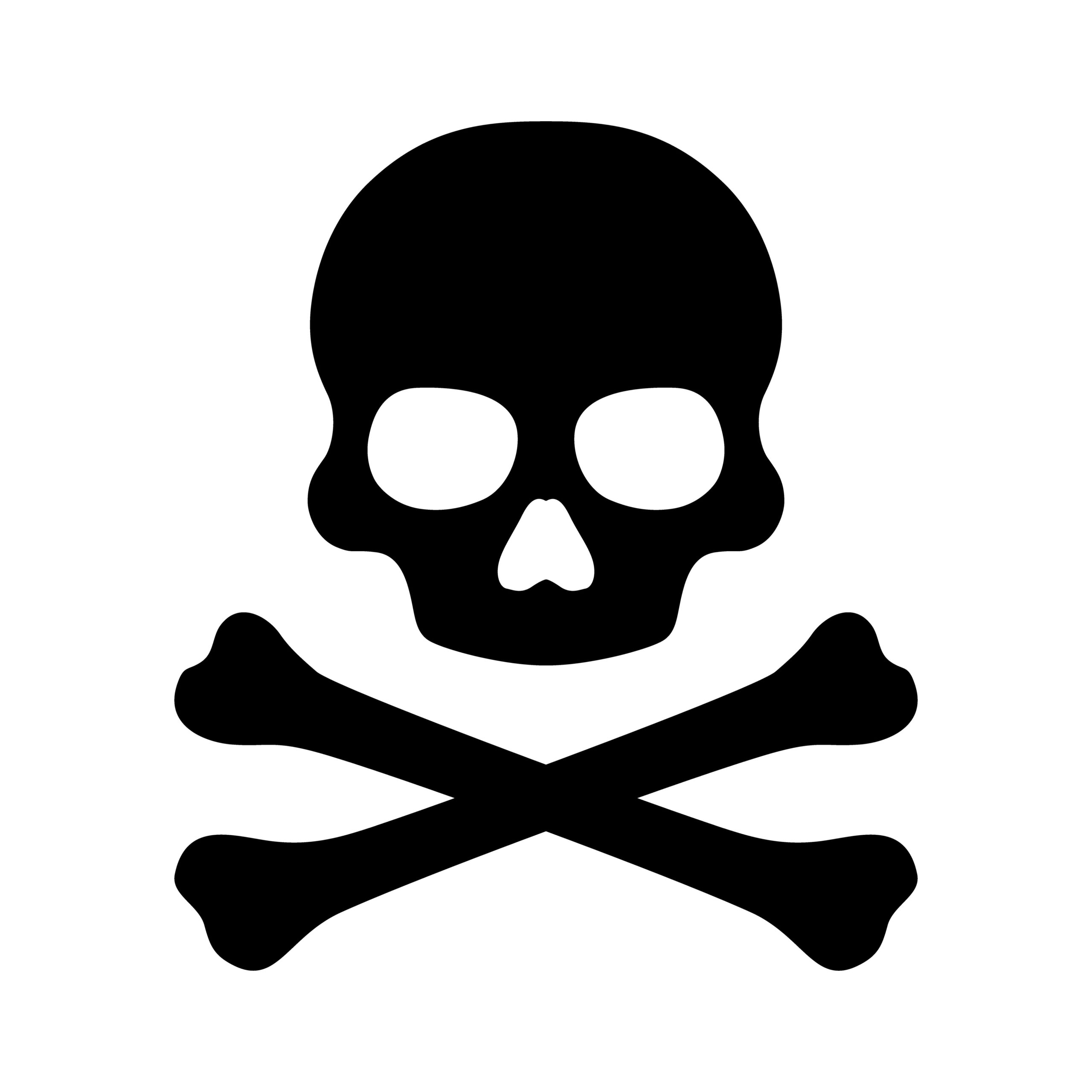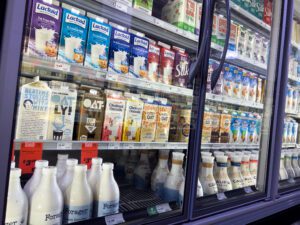7 Toxic Chemicals Found In Cleaning Products That You Should Avoid
April 10, 2017
 851
851 
Most of us just assume them to be safe owing to the fresh fragrances they provide, but the truth is that many household cleaning products have dangerous chemicals and toxins lurking in them. These chemicals are still left behind after you’ve finished your cleaning and might just turn out to be more harmful than the germs you wanted to rid yourself of in the first place! A clean house is important in maintaining good health, but that should not put you at a risk of contracting respiratory ailments, infections, or even causing cancer.
Here’s a list of 7 toxic chemicals found in cleaning products that you need to be wary of:
1) Glycol Ethers (2-butoxyethanol and butoxydiglycol)
Also known as ethylene glycol mono butyl ether, diethylene glycol mono butyl ether and 2-(2-butyoxyethoxy) ethanol, these chemicals mostly enter the human body through your skin or inhalation. They are known to cause problems in pregnant woman and their unborn children, impaired fertility and respiratory problems.
2) Alkylphenol Ethoxylates
Also known as nonylphenol ethoxylates, octylphenol ethoxylates, nonoxynols and octoxynols, these are listed as endocrine disrupting chemicals on the EU List, and often contain cancer causing impurities.
3) Ethanolamines
Also known as mono-ethanolamines, di-ethanolamines and tri-ethanolamines, these compunds can cause severe burns, damage to the eyesight, abdominal pains and complications with the nervous system.
4) Quaternary Ammonium Compounds
Also known as alkyl dimethyl benzyl ammonium chloride (ADBAC), dodecyl dimethyl benzyl ammonium chloride and benzalkonium chloride, these compounds are known to cause irritation in the nose and throat. They can worsen symptoms for people suffering from asthma and allergies. They are also extremely toxic to aquatic life.
5) Dyes
Dyes, or colorants, are used in a wide range of household products. Many of them contain harsh coloring agents that are harmful to the human body. Some of these have been known to cause cancer in animals.
6) Fragrances
Almost all manufacturers advertise their products simply as ‘Fragrances’, but this misleading term makes us overlook the fact that they contain toxic chemicals too. They are known to cause irritation in the skin, trigger allergies and effect the nervous system adversely.
7) Pine or Citrus Oil
Although these oils are derived from natural products and are mostly safe, some of the compounds in them can react with the air and form formaldehyde, a known carcinogen.
Conclusion
In the end, it may be cumbersome to check whether the products you use contain these harmful chemicals, but the way to go about is to choose safer cleaning supplies by making sure what ingredients they contain. You can also make use of the Environmental Working Group’s Guide to Healthy Cleaning to identify these safer products.


In recent years, seed milks have gained popularity as a nutritious and eco-friendly alternative to dairy and other plant-based milks. Marketed as a healthy option, these beverages are often touted for their rich nutrient profiles and sustainability. However, a closer look reveals that not all seed milks are created equal. Many contain hidden ingredients and […]


NOTICE TO THE PUBLIC! A vast array of products seen in American grocery stores are notably absent on European shelves. This is not due to a lack of international trade but rather stringent food safety regulations in the European Union. Many popular American foods are banned in Europe due to concerns about health risks and […]


Did you know that there lurks an invisible ingredient in meat that has been raising health concerns —It is called meat glue- scientifically known as transglutaminase? Transglutaminase is an enzyme used to bind pieces of meat together to create larger, more uniform cuts that creates a seamless appearance. According to the American Meat Institute, it […]